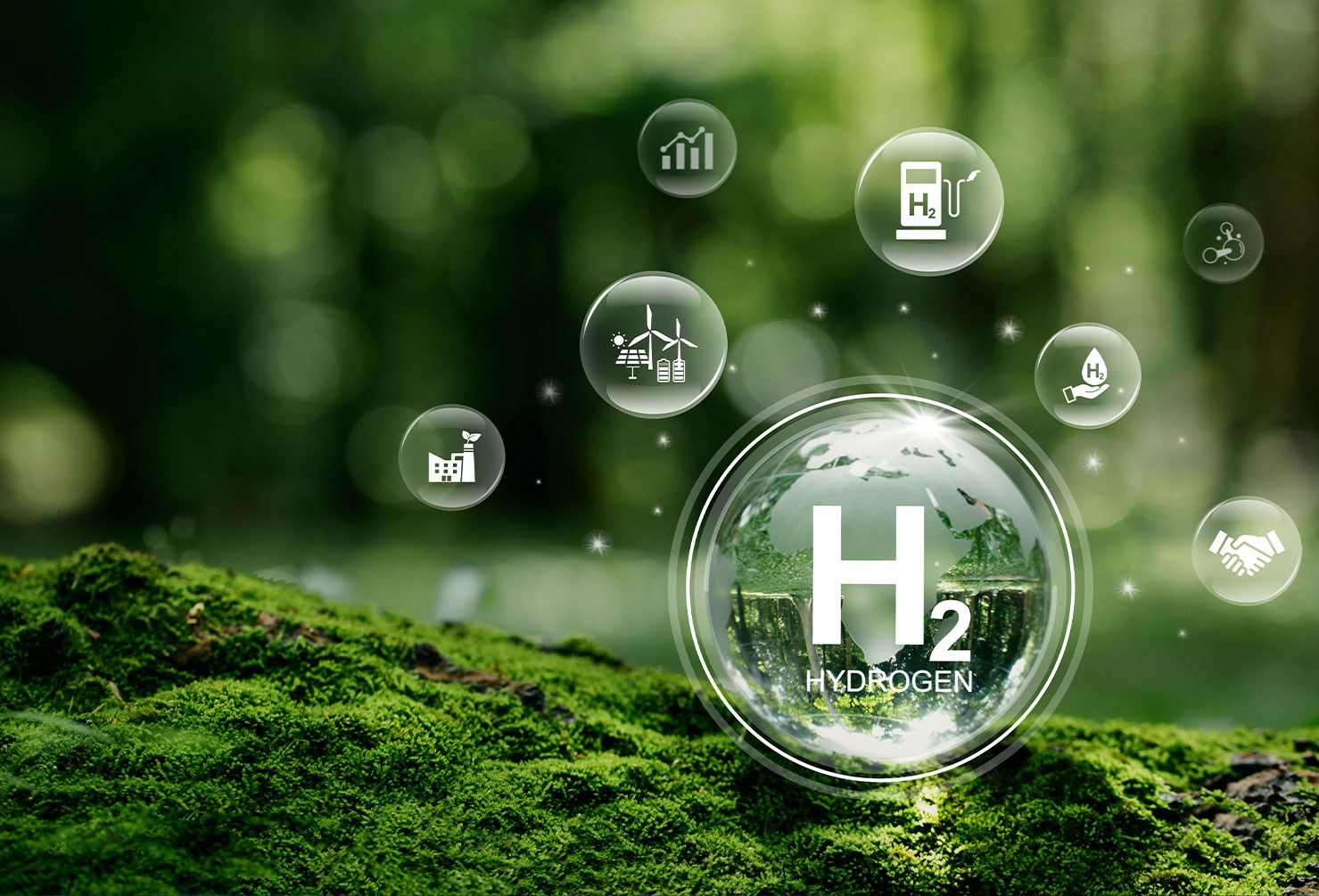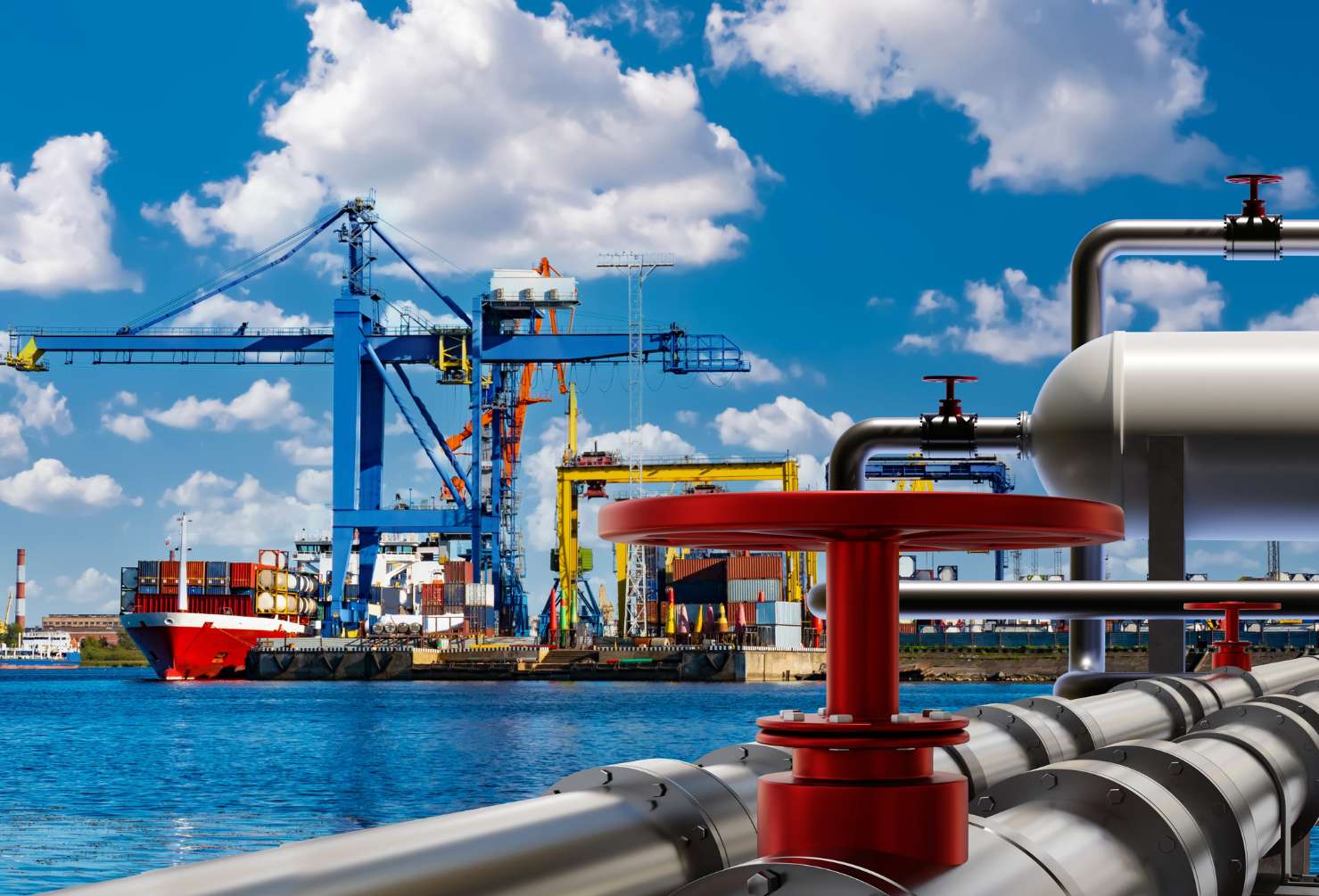
Australia is on the cusp of a significant transformation in its energy sector, with green hydrogen emerging as a key component of the nation’s strategy to transition to a low-carbon future. As the world increasingly shifts towards cleaner and more sustainable energy sources, Australia is positioning itself to become a global leader in green hydrogen production and export. This blog explores Australia’s ambitious plans for a green hydrogen economy, the opportunities and challenges involved, and what this means for the future of energy in the country.
Understanding Green Hydrogen and Its Significance
Hydrogen is a versatile energy carrier that can be used in a wide range of applications, from powering vehicles and industrial processes to generating electricity and heating homes. While hydrogen itself is a clean fuel, the method of its production determines its environmental impact. Green hydrogen is produced using renewable energy sources, such as wind or solar power, to electrolyse water into hydrogen and oxygen. This process is carbon-free, making green hydrogen a sustainable alternative to fossil fuels.
The global interest in green hydrogen is growing rapidly, driven by the need to decarbonise sectors that are challenging to electrify, such as heavy industry, aviation, shipping, and long-haul transportation. For Australia, with its abundant renewable energy resources and vast land area, green hydrogen presents a unique opportunity to leverage its natural advantages and become a major player in the global energy transition.
Australia’s Vision for a Green Hydrogen Economy
Australia has set its sights on becoming one of the world’s top producers and exporters of green hydrogen. Several key elements define the country’s ambitious plans:
1. National Hydrogen Strategy
In 2019, the Australian government launched its National Hydrogen Strategy, outlining a roadmap to develop a clean, innovative, and competitive hydrogen industry. The strategy aims to position Australia as a major hydrogen producer by 2030, leveraging the country’s vast renewable energy resources, existing infrastructure, and technological expertise. The strategy focuses on building a domestic hydrogen market, creating hydrogen export hubs, and establishing international partnerships to drive demand and investment.
2. Hydrogen Export Hubs and Infrastructure Development
Australia is exploring the development of several hydrogen export hubs to facilitate large-scale production and export of green hydrogen. These hubs are strategically located in regions with abundant renewable energy resources, such as the Pilbara in Western Australia, the Gladstone region in Queensland, and the Spencer Gulf in South Australia. These regions offer ideal conditions for large-scale solar and wind power generation, which can be used to produce green hydrogen.
In addition to production facilities, the development of export infrastructure, such as hydrogen liquefaction plants, storage facilities, and shipping terminals, is critical to enable Australia to export green hydrogen to key markets in Asia, Europe, and beyond. The government is providing funding and support to accelerate the development of these hydrogen hubs and associated infrastructure.
3. International Partnerships and Agreements
To drive demand and investment, Australia is actively seeking international partnerships and agreements with countries that are major energy importers. For example, Australia has signed agreements with Japan, South Korea, and Germany to collaborate on hydrogen technology development, supply chain logistics, and market creation. These partnerships aim to establish long-term contracts for hydrogen exports and promote technology exchange to support the growth of the global hydrogen economy.
4. Investment in Research and Development
Australia is investing heavily in research and development (R&D) to advance hydrogen production, storage, and utilisation technologies. The government, through the Australian Renewable Energy Agency (ARENA) and the Clean Energy Finance Corporation (CEFC), is funding numerous projects aimed at improving the efficiency and cost-effectiveness of hydrogen production, as well as exploring new applications for hydrogen in industry and transportation. Universities and research institutions across Australia are also playing a key role in driving innovation and developing the skills needed to support a hydrogen economy.
5. Policy Support and Incentives
To stimulate the growth of the hydrogen industry, the Australian government is providing a range of policy support measures and incentives, including grants, tax credits, and regulatory reforms. These measures are designed to reduce investment risk, encourage private sector participation, and create a favourable environment for the development of green hydrogen projects. Additionally, state governments are implementing their own hydrogen strategies and initiatives, further supporting the growth of the industry.
Opportunities for Australia’s Green Hydrogen Economy
Australia’s push towards a green hydrogen economy presents several significant opportunities:
1. Economic Growth and Job Creation
The development of a green hydrogen industry is expected to generate substantial economic growth and create thousands of new jobs across the country. According to a report by the Clean Energy Council, the hydrogen sector could contribute up to AUD 26 billion annually to the Australian economy by 2050. The construction and operation of hydrogen production facilities, export infrastructure, and related supply chains will create employment opportunities in engineering, manufacturing, logistics, and maintenance.
2. Decarbonising Heavy Industry and Transportation
Green hydrogen has the potential to play a crucial role in decarbonising heavy industry and transportation sectors, which are among the hardest to electrify. In Australia, industries such as steel production, mining, and chemicals can benefit from using green hydrogen as a feedstock or fuel, significantly reducing their carbon emissions. Additionally, green hydrogen can be used to power fuel cell electric vehicles (FCEVs), particularly in heavy-duty and long-haul applications where battery electric vehicles (BEVs) may not be practical.
3. Export Potential and Energy Security
Australia’s abundant renewable energy resources position it as a potential green hydrogen superpower, capable of exporting hydrogen to global markets where demand is expected to grow rapidly. Countries such as Japan, South Korea, and Germany have set ambitious targets for hydrogen imports as part of their decarbonisation strategies, creating a significant market opportunity for Australian hydrogen producers. Exporting green hydrogen can also enhance Australia’s energy security by diversifying its energy export portfolio and reducing reliance on traditional fossil fuel markets.
4. Innovation and Technology Leadership
Investing in green hydrogen can position Australia as a global leader in clean energy innovation and technology development. By advancing hydrogen production, storage, and utilisation technologies, Australia can not only meet domestic energy needs but also export cutting-edge technology solutions to international markets. This innovation can create new business opportunities and drive further investment in the country’s renewable energy sector.
Challenges in Developing a Green Hydrogen Economy
While the potential of green hydrogen is vast, several challenges must be addressed to realise Australia’s vision:
1. High Production Costs
One of the main challenges facing green hydrogen production is the high cost of electrolysis, the process used to split water into hydrogen and oxygen using renewable electricity. Although costs have been decreasing, green hydrogen remains more expensive than grey hydrogen (produced from natural gas with emissions) and blue hydrogen (produced from natural gas with CCS). Achieving cost parity with other forms of hydrogen will require continued technological advancements, economies of scale, and reductions in the cost of renewable energy.
2. Infrastructure and Supply Chain Development
Building the necessary infrastructure to support a large-scale hydrogen economy, including production facilities, pipelines, storage tanks, and export terminals, requires significant investment and coordination. Developing a reliable and efficient supply chain for hydrogen production, transport, and distribution will be critical to ensuring the competitiveness of Australian hydrogen in the global market. Infrastructure development will also need to consider safety standards, regulatory compliance, and environmental impact.
3. Regulatory and Market Barriers
Regulatory and market barriers, such as permitting, standards, and market frameworks, must be addressed to facilitate the growth of the hydrogen industry. Clear and consistent regulations are needed to ensure safety, support investment, and create a level playing field for hydrogen producers. Additionally, creating a robust market for green hydrogen will require government support, such as contracts for difference (CfDs), to bridge the price gap between green hydrogen and fossil fuels.
4. Public Acceptance and Environmental Impact
Public acceptance of hydrogen technologies and infrastructure is essential for the successful development of a green hydrogen economy. Educating the public about the benefits of hydrogen, its safety, and its role in reducing carbon emissions will be crucial to gaining support. Additionally, careful consideration must be given to the environmental impact of large-scale hydrogen production, particularly regarding water use and land use for renewable energy projects.
The Road Ahead for Australia’s Green Hydrogen Economy
To achieve its ambitious plans for a green hydrogen economy, Australia must continue to build on its strengths and address the challenges ahead. Key steps for the future include:
- Accelerating Investment and Innovation: Continued investment in R&D, pilot projects, and infrastructure development is essential to reduce costs and improve the competitiveness of green hydrogen. Collaboration between government, industry, and research institutions will drive innovation and bring new technologies to market.
- Strengthening International Partnerships: Building strong international partnerships and securing long-term contracts for hydrogen exports will be crucial for establishing Australia as a leading green hydrogen supplier. Engaging with key markets, such as Japan, South Korea, and Europe, and developing robust trade agreements will enhance market access and investment.
- Developing Clear Regulatory Frameworks: Establishing clear and consistent regulatory frameworks that support hydrogen development and ensure safety will be vital. Governments must work closely with industry stakeholders to develop regulations that facilitate investment, protect the environment, and create a stable market for green hydrogen.
- Promoting Public Awareness and Support: Educating the public about the benefits of green hydrogen and its role in achieving Australia’s climate goals will help build public support for hydrogen projects. Transparent communication about safety, environmental impact, and economic benefits will be key to fostering acceptance.
Australia’s ambitious plans for a green hydrogen economy present a significant opportunity to position the country as a global leader in the energy transition. With its abundant renewable resources, strategic location, and strong government support, Australia is well-placed to capitalise on the growing demand for green hydrogen. While challenges remain, a focused and coordinated effort by government, industry, and research institutions can drive the development of a competitive and sustainable hydrogen industry.





